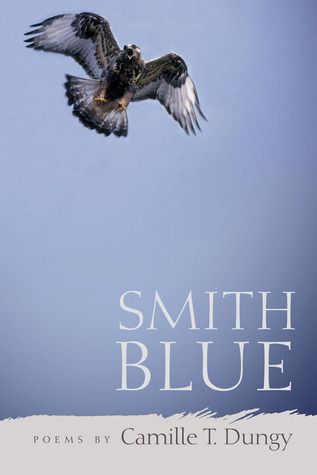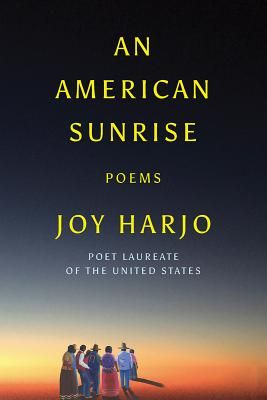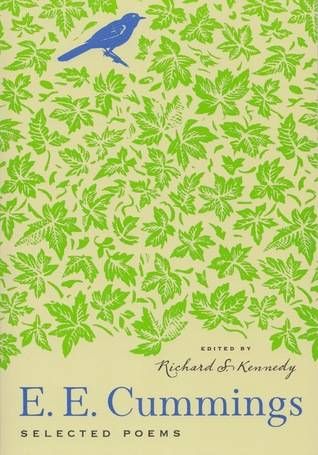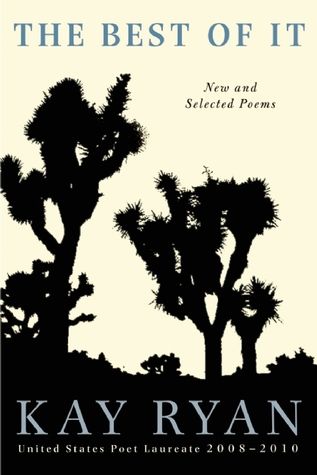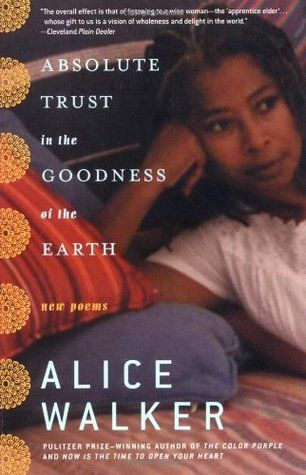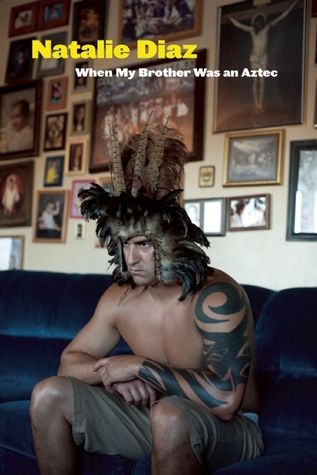While it’s hard to find 10 poets like Mary Oliver in every way, it’s easy to find solace and guidance in the work of many poets. And nature has inspired poetry since the beginning of the form (I’m looking at you, Gilgamesh, with your uncivilized, untamed forests). Poetry is one of the fastest growing genres in terms of book sales, along with being one of the oldest forms of writing in the world. If you’ve become enamored with the works of Mary Oliver are trying to decide what to read next, a good place might be one of these 10 poets like Mary Oliver.
1. Ross Gay
Ross Gay is the author of three books of poetry: Against Which, Bringing the Shovel Down, and Catalog of Unabashed Gratitude, which won the 2015 National Book Critics Circle Award. He’s also co-authored chapbooks and written essays. His poetry is anchored in wonder and gratitude for the natural world. However, his words also can convey strong, overwhelming emotions in some of his poems. One of my favorite poems from Ross Gay is an early one called, “Thank You.”
2. Wendell Berry
Wendell Berry has been called the “prophet for rural America.” He is a poet, novelist, and environmentalist with a strong critique of technology and modern agriculture. He lives in Kentucky, where he grew up and runs an old-fashioned farm. He’s written over 50 books of fiction, poetry, and nonfiction, most inspired by the landscape of his hometown. Leavings, A Timbered Choir, and The Collected Poems of Wendell Berry are all excellent poetry books to start with. For beautiful nature descriptions, the different life cycles, and a longing to return to a quieter, slower pace of life try Wendell Berry. His poem “The Peace of Wild Things” is a good example of his message.
3. Camille T. Dungy
When Camille T. Dungy saw that Black voices were rarely included in anthologies of nature poems, she bolding edited the collection Black Nature: Four Centuries of African American Nature Poetry. Through the collection she argues that nature in poetry does not have to be pastoral or idealized to be considered important. She is also the author of four of her own poetry collections, including: Trophic Cascade, Only now, in spring, can the place be named: tulip poplar, daffodil, crab apple, dogwood, budding pink-green, white-green, yellow on my knowing. All winter I was lost. Fall, I found myself here, with no texture my fingers know. Then, worse, the white longing that downed us deep three months. No flower heat. That was winter. But now, in spring, the buds flock our trees. Ten million exquisite buds, tiny and loud, flaring their petalled wings, bellowing from ashen branches vibrant keys, the chords of spring’s triumph: fisted heart, dogwood; grail, poplar; wine spray, crab apple. The song is drink, is color. Come. Now. Taste.
4. Joy Harjo
Joy Harjo, the United States Poet Laureate and a member of the Mvskoke Nation, is the first Native American Poet Laureate, now going into a second term. Her poems celebrate the landscape of the American Southwest. She reminds me of Mary Oliver, because of the spiritual nature to her poetry and the important of bearing witness to nature that comes through her lyrical, yet sparse, language. She’s authored 16 collections of poetry. She Had Some Horses and An American Sunrise are both beautiful collections to start with, spanning decades of her work. If you’ve never read her poems before, “Remember” is a stunning first Joy Harjo poem to read.
5. E.E. Cummings
I know E.E. Cummings might be considered a slightly strange addition to a poets like Mary Oliver list. Mary Oliver’s language is simple and straightforward with a serious spiritual quality. Cummings’s poems are avant-garde, experimental, and whimsical, sometimes to the point of silliness. But like Mary Oliver, Cummings experimental style of writing uses few words to communicate big ideas. Many Cummings poems also celebrate nature and use environmental themes as metaphors for human emotions. Most poetry readers have come across E.E. Cummings at some point, in English classes or perhaps read aloud at a wedding. But some of his less read poems are worth a second try, like “Pity This Busy Monster, Manukind,” which warns of technology taking over the natural environment.
6. Robinson Jeffers
One other so-called classic poet I would recommend for fans of Mary Oliver is Robinson Jeffers. Jeffers came before Mary Oliver’s time, and devoted his entire life and his entire writing oeuvre to his reverence of nature. In fact, he argues for an “inhumanism” philosophy where humans should be regarded as inferior to animals and nature. The Selected Poetry of Robinson Jeffers gives a good overview of the decades of poetry he composed. His poem, “Rock and Hawk,” reminds me of Mary Oliver in part because of the bird symbolism.
7. Kay Ryan
Kay Ryan is a former Poet Laureate, a MacArthur Fellow, and a Pulitzer Prize winning poet. Her poetry is condenses large concepts into small poems. And the lack of self confession in her poetry emphasizes the ideas and observations she writes about. But despite the serious nature of her work, she often injects her poetry with witty observations and interesting rhyme schemes. She’s written several collections of poetry over the last four decades, but I recommend starting with The Best of It: New and Selected Poems or The Niagara River. Below she reads from her poem “Octopus.”
8. Alice Walker
Alice Walker is better known as a prominent novelist of books like The Color Purple; she also wrote six volumes of poetry. Her poems emphasize the importance of language and she often draws inspiration and lessons from environmental sources. For readers who enjoy Mary Oliver, I suggest trying Absolute Trust in the Goodness of the Earth or Horses Make a Landscape More Beautiful. Her poem, “When You See Water” has been one that I return to over and over. Although it has few words, the big ideas remind me not to over-center my viewpoints looking at the world.
9. Natalie Diaz
Natalie Diaz is the author of two poetry collections, her celebrated debut When My Brother Was an Aztec and Postcolonial Love Poem, which came out earlier this year. She is Mojave and an enrolled member of the Gila River Indian community. Her poetry explores family dynamics, Mojave life, and the oppression of indigenous people in America, often with nature themes and imagery.
10. David Whyte
David Whyte reminds me of Mary Oliver because his writing is spiritual and sparse. He often draws on nature metaphors and imagery in his writing as well. While not poetry, I highly recommend Consolations: The Solace, Nourishment and Underlying Meaning of Everyday Words, where the poet chooses 52 words, starting with “alone” and ending with “work,” to deeply ruminate on. If you would prefer to read his poetry, try The House of Belonging, which includes the poem, “Sweet Darkness.” I hope other Mary Oliver devotees have found new poetry to explore. If you are still looking for poems to read, maybe try this round up of 33 Beautiful and Brutal Nature Poems. Or perhaps you just want to give your favorite Mary Oliver poems a reread. There is always more wisdom to be found in her words.



